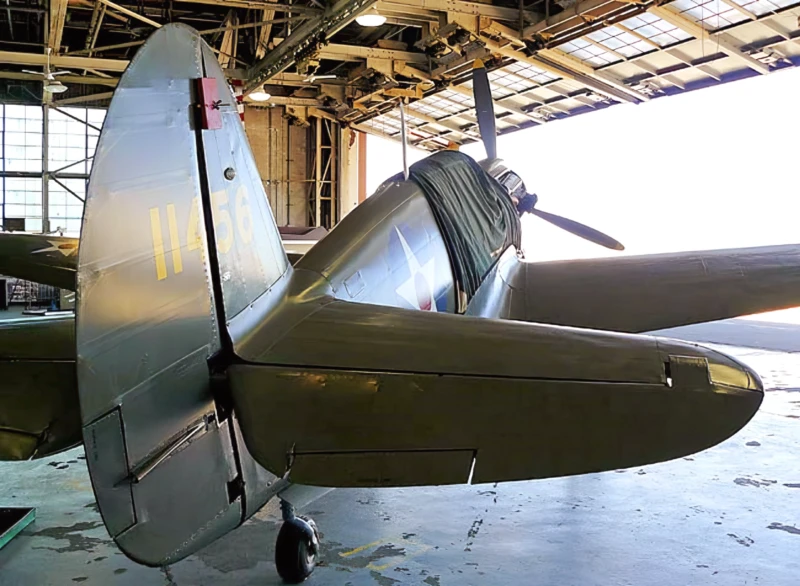
Curtiss P-40 Warhawk | |
|---|---|
| Land | Norge , Norge |
| Rolle | Jagerfly og bakkeangrepsfly |
| Første fly | 14. desember 1938 |
| Bygget | 13738 |
Den Curtiss P-40 Warhawk var et amerikansk enmotors, en-seters, allmetall jagerfly og bakkeangrepsfly som først fløy i 1938. P-40-designet var en modifikasjon av den forrige Curtiss P-36 Hawk som reduserte utviklingstiden og gjorde det mulig å komme raskt inn i produksjons- og driftstjenesten. Warhawk ble brukt av luftstyrkene til 28 nasjoner, inkludert de av de fleste allierte makter under andre verdenskrig, og forble i frontlinjen til slutten av krigen. Det var den tredje mest produserte amerikanske fighteren, etter P-51 og P-47; I november 1944, da produksjonen av P-40 opphørte, var det bygget 13 738, alle ved Curtiss-Wright Corporations hovedproduksjonsanlegg i Buffalo, New York.
| Curtiss P-40 Warhawk 22 | |
|---|---|
| Fotograf | Unknow |
| Lokalisering | Unknow |
| Bilder | 30 |
| Curtiss P-40C Warhawk Walk Around | |
|---|---|
| Fotograf | Vladimir Yakubov |
| Lokalisering | Flying Heritage-kolleksjonen |
| Bilder | 54 |
| Curtiss P-40 Warhawk Walk Around | |
|---|---|
| Fotograf | Bill Maloney |
| Lokalisering | Det amerikanske luftkraftmuseet |
| Bilder | 30 |
Les også:
| Curtiss P-40-E Kittyhawk Walk Around | |
|---|---|
| Fotograf | Cees Hendriks |
| Lokalisering | Unknow |
| Bilder | 30 |
| Curtiss P-40E Warhawk Walk Around | |
|---|---|
| Fotograf | Vladimir Yakubov |
| Lokalisering | Fighter-fabrikken, Virginia Beach |
| Bilder | 120 |
| Curtiss-Wright P-40N Kittyhawk Walk Around | |
|---|---|
| Fotograf | John Shupek |
| Lokalisering | Unknow |
| Bilder | 12 |
Den Curtiss P-40 Warhawk was an American single-engine, single-seat, all-metal fighter and ground-attack aircraft that saw extensive use by Allied powers during World War II. Though often overshadowed by faster contemporaries, the P-40 was a robust, reliable, and crucial aircraft, particularly in the early years of the conflict.
Design and Characteristics
- Rolle: Fighter and Ground-Attack. It was the third-most produced American fighter of World War II.
- Motor: It was powered by the **Allison V-1710 V-12 liquid-cooled engine**. A lack of a high-altitude, two-stage supercharger in the most numerous early variants limited the P-40’s performance above 15,000 feet.
- Bevæpning: Armament varied, but typical P-40s were armed with **Six .50 caliber (12.7 mm) Browning machine guns** mounted in the wings. It could also carry a bomb, making it an effective fighter-bomber.
- Styrker: The P-40 was noted for its **excellent diving speed**, **tough construction**, and **heavy armor plating**, making it highly survivable in combat and an ideal platform for ground attack.
- Svakheter: Its primary disadvantage was its **poor performance at high altitudes** and its relatively **low climb rate**.
Operativ historie
The P-40 served in nearly every theatre of the war under various names and with numerous air forces:
- The Pacific and China: The Warhawk is most famously associated with the **Flying Tigers** (American Volunteer Group) in China, where its iconic shark-mouth nose art became a symbol of Allied air power. Its ruggedness and good low-to-medium altitude performance made it effective against Japanese aircraft.
- North Africa: Under British and Commonwealth service, it was known as the **Tomahawk** (early variants) and **Kittyhawk** (later variants). It was vital in North Africa, where the majority of air combat occurred at lower altitudes where the P-40 was competitive.
- Soviet Union: The P-40 was supplied to the Soviet Union through the Lend-Lease Act, where it was used as a frontline fighter, primarily for ground attack and air superiority at low altitudes.
The P-40 Warhawk was instrumental in keeping Allied air forces competitive in the early stages of World War II until more advanced fighters became widely available.
Views : 12579
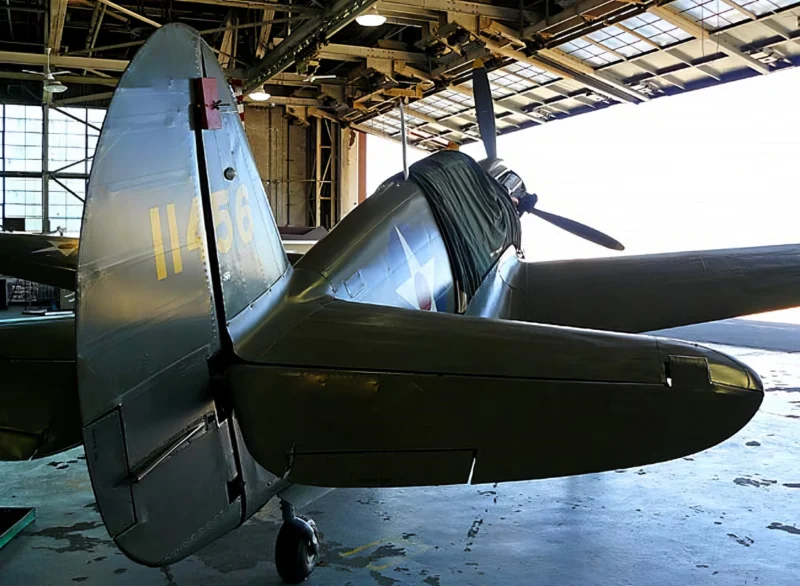
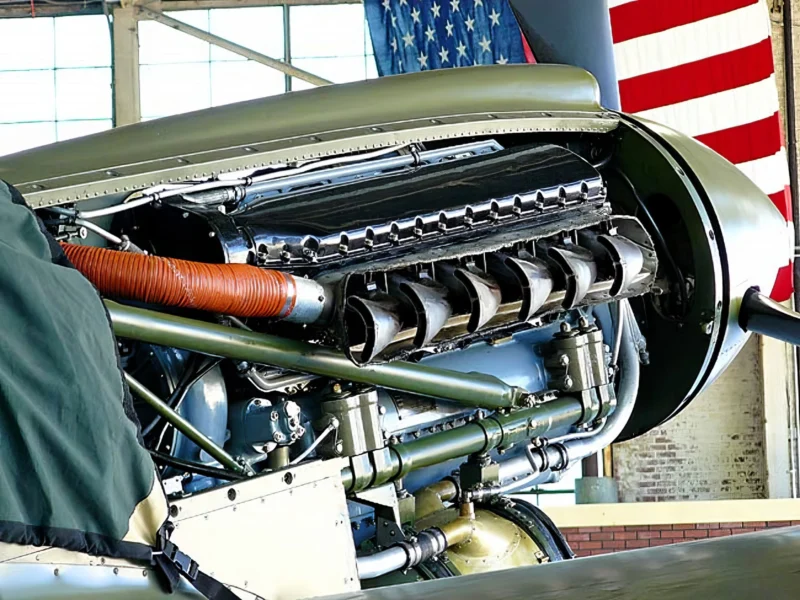
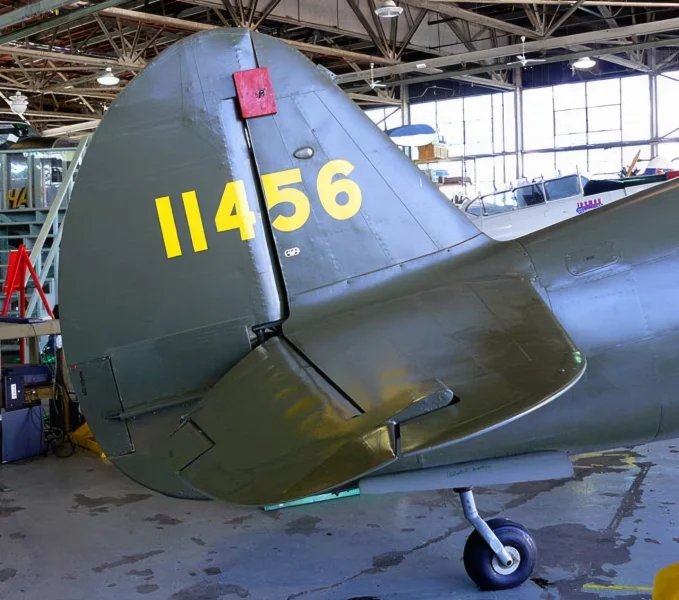
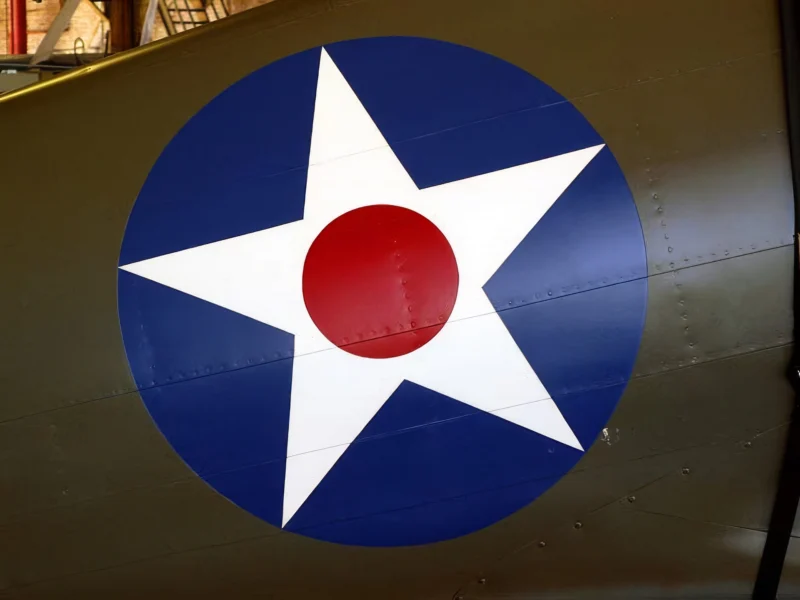
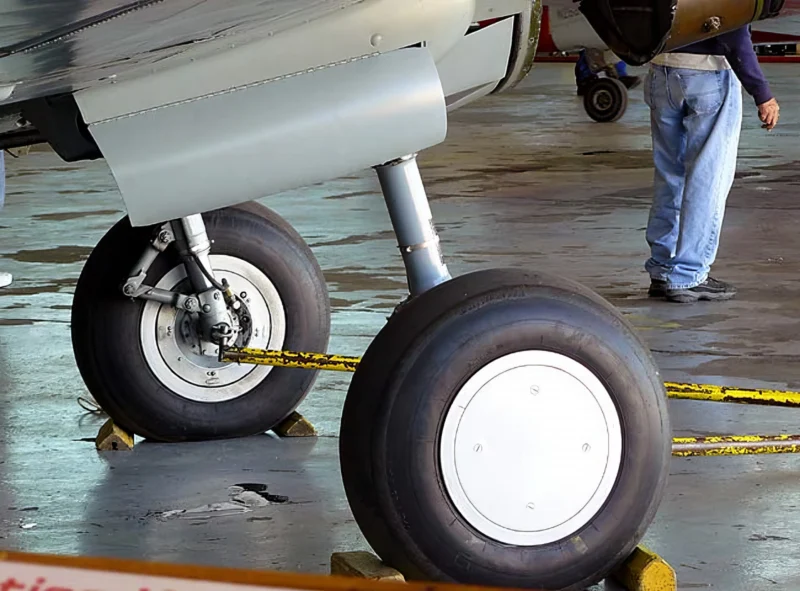
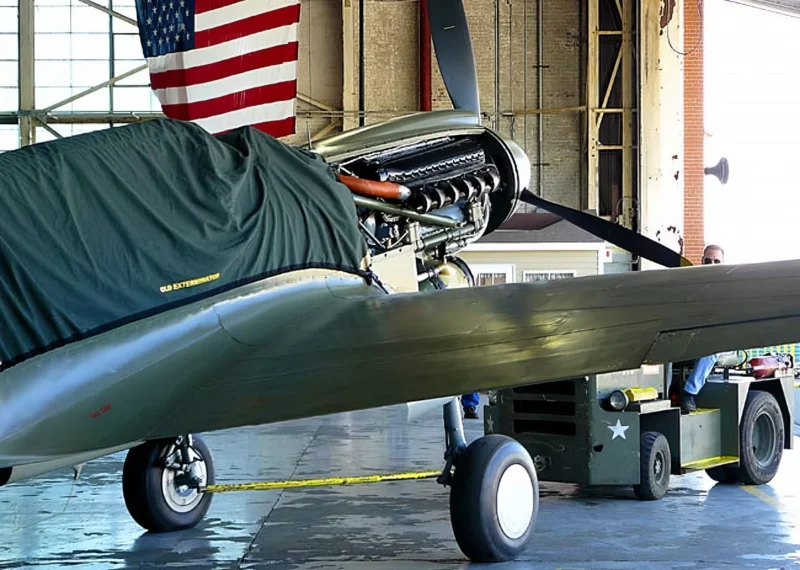

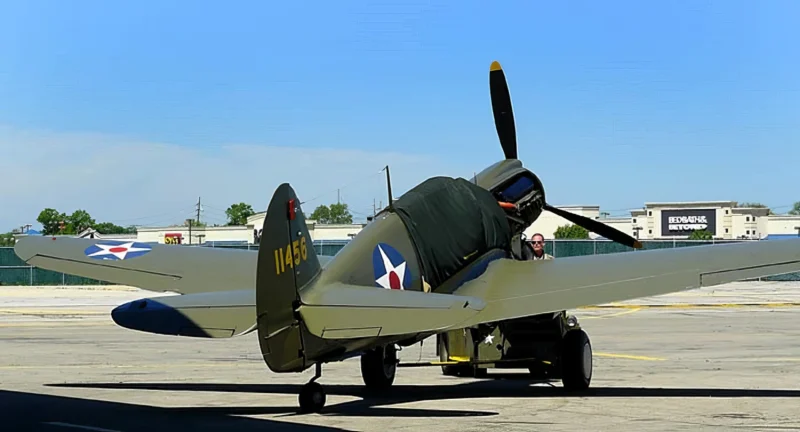
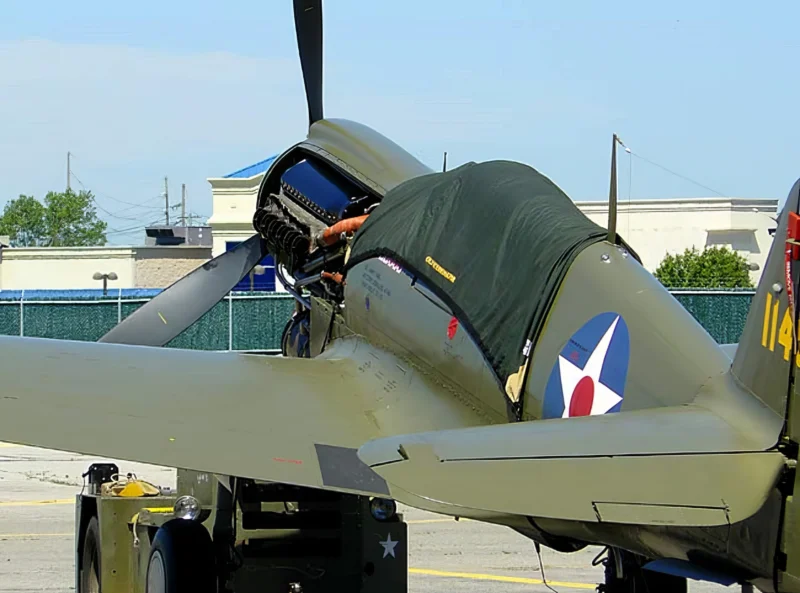


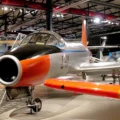

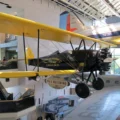
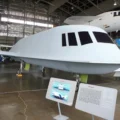
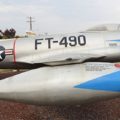
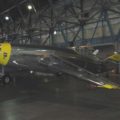
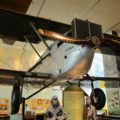

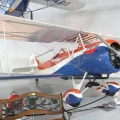
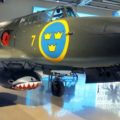
Nytt sett med 54 bilder av en Curtiss P-40C Warhawk